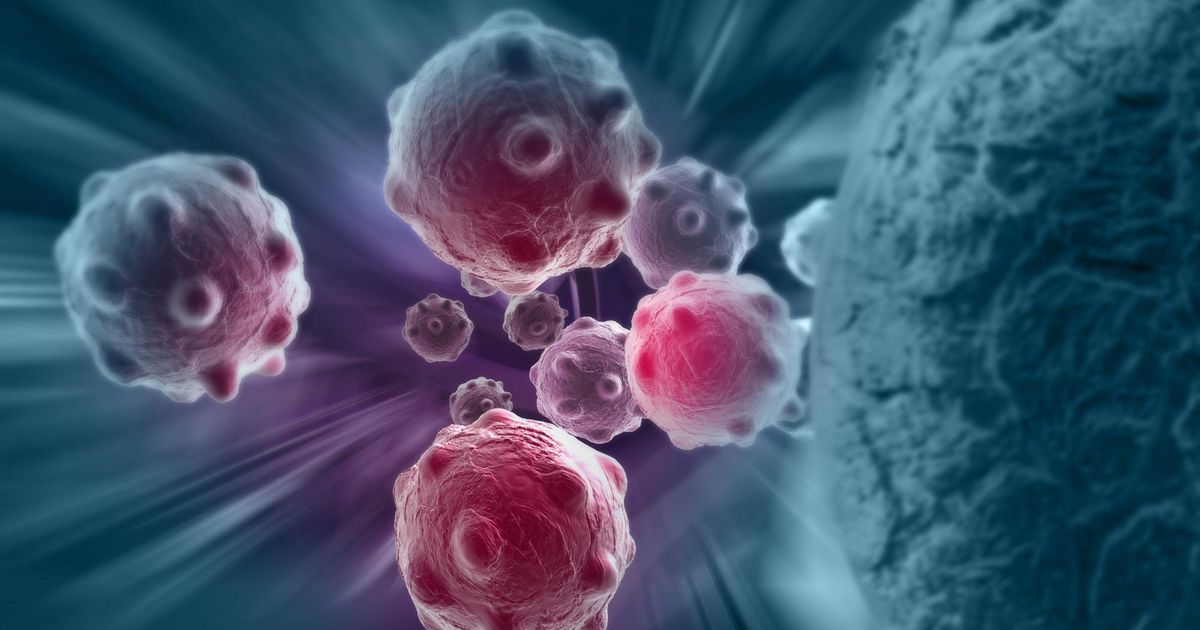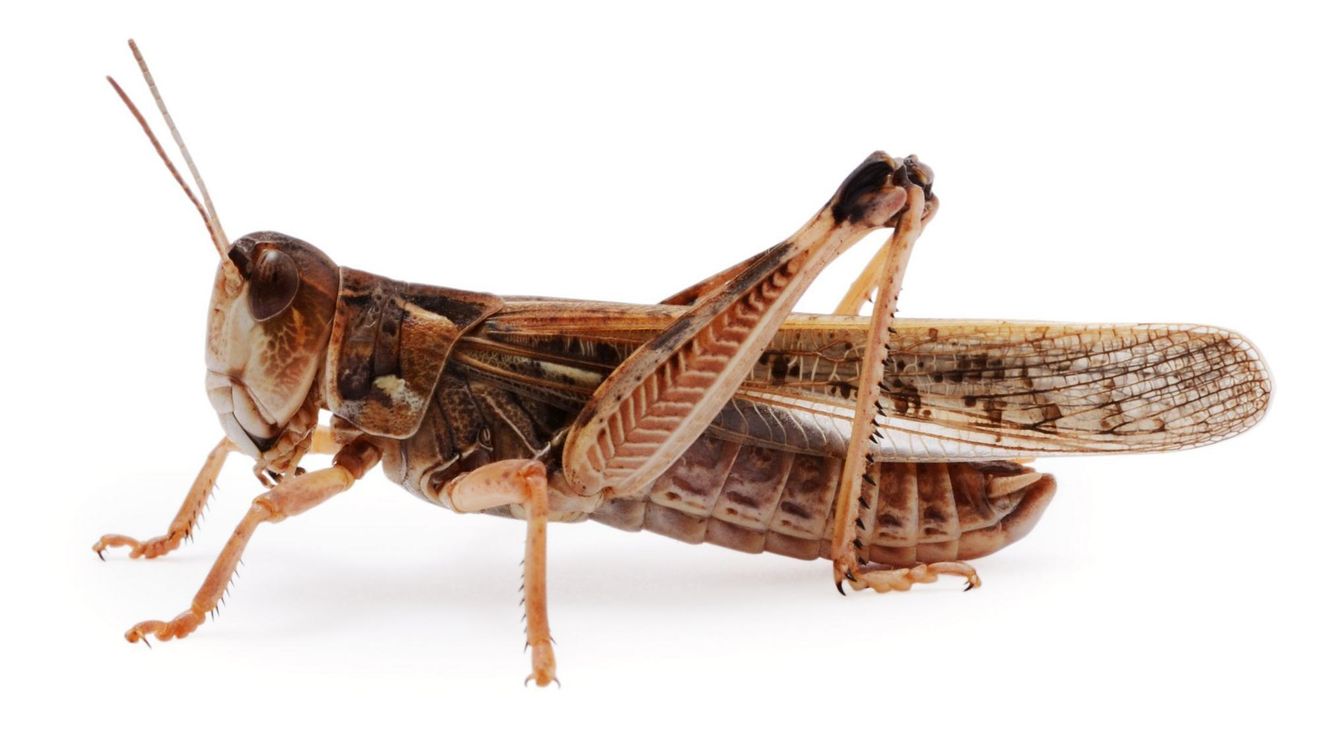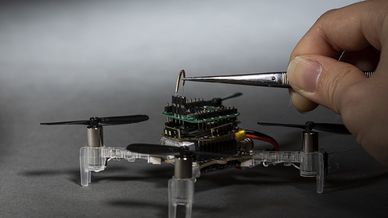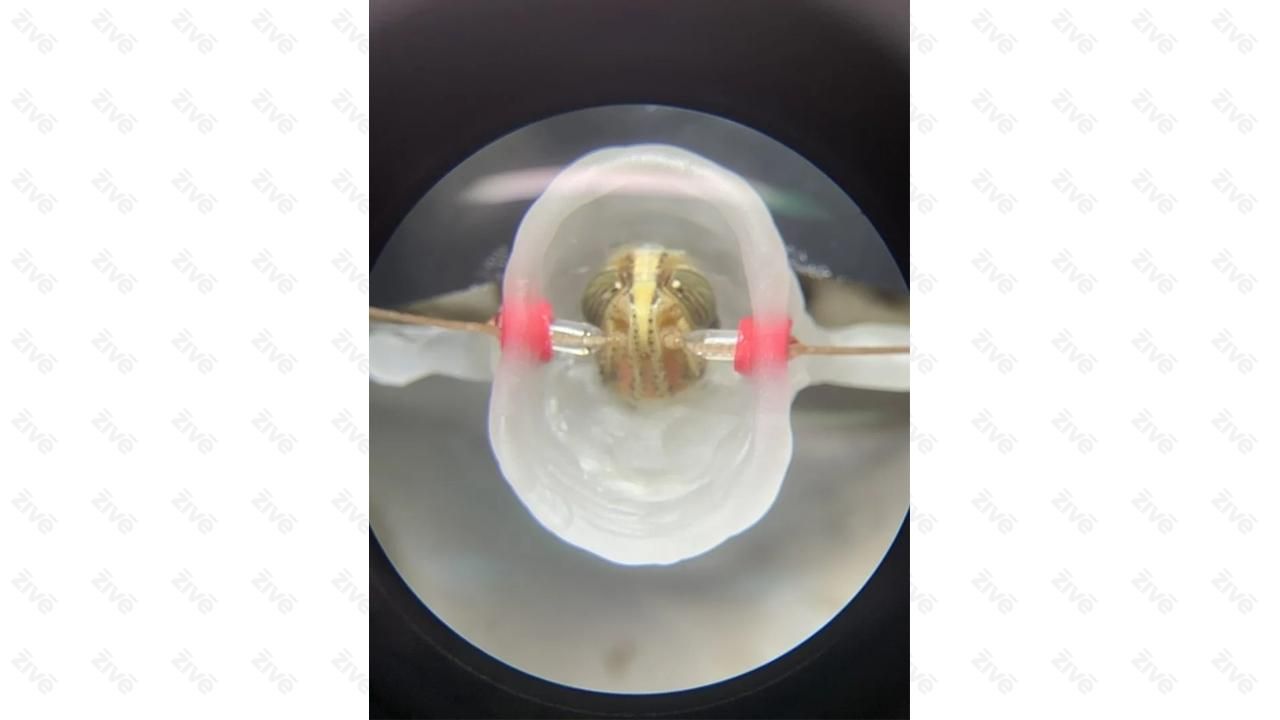They inserted electrodes into the locusts’ brains and observed whether they could distinguish the smell of diseased cells from healthy cells using the feelers. They succeeded.
- Many animals can detect chemicals much more accurately than our devices.
- Animals’ sensitive sense of smell can be used to diagnose diseases, for example cancer.
- Researchers have created a detection system to detect oral cancer based on the brains and antennae of locusts.
- Insect feelers were able to reliably detect the chemical signal of cancer cells and distinguish them from healthy cells.
- The unusual method could inspire new ways to diagnose cancer.
The idea of using an animal’s sense of smell to diagnose disease is not new. Often, specially trained dogs are used for this purpose. Animals can smell the chemicals that people emit, and based on this, reliably determine whether a person is sick.
Scientists at Michigan State University in the US used a slightly different method to connect the brains of grasshoppers to devices to see if they could identify and evaluate the chemical signal sent by cancer cells.
Work results Published Archive of preprints of scientific studies biorXiv.
Focused on smells
There is a lot of evidence that the metabolic processes in cancer cells are changing, and these changes are reflected in the composition of volatile organic compounds emitted during respiration.
The differences in the chemical composition of the excreta of a sick and a healthy person are so small that even our most sophisticated equipment cannot distinguish them. However, some animals such as dogs have a very sharp sense of smell and can easily handle it.
Insects have an even more sensitive sense of smell, in which their antennae are the primary olfactory organs. Scientists in laboratories around the world routinely use what’s called electroanthenography, where they plug tiny electrodes into the brains and antennae of living insects to see how the insects respond to chemicals.
Although this method may seem a bit “Frankensteinian,” researchers have successfully used electroanthenography to study chemical ecology, that is, the relationships and responses of insects to various chemicals.
The authors of the new study also employed an electrophysiological approach, investigating whether grasshoppers can recognize a mixture of volatile chemicals secreted by cancer cells.
A brain plugged into devices
Scientists first surgically exposed the brain of a living locust. Then, they introduced electrodes into the insect’s brain and tentacles and connected this combination of animal and machine to a so-called electroantenogram, a special device that recorded its responses.
In the laboratory, they grew cell cultures of three different types of oral cancer and healthy mouth cells. They then exposed the grasshoppers’ antennae to volatiles produced by cell cultures.
The results showed that grasshoppers could clearly distinguish the odor of three different types of oral cancer cells from healthy cells.
This detection method is very fast. The entire process takes only a quarter of a second. It is doubtful whether this particular procedure will ever be applied in diagnostic practice. Many may have an ethical problem with using insects for these purposes.
“An insect is dead in terms of its physical functions. We only keep its brain alive. quoting Debajit Sahu is one of the authors of the MIT Technology Review website.
On the other hand, the detection system represents a new and unexplored approach to cancer diagnosis, and the authors believe that their research will lead to more straightforward methods that work on a similar principle.
For example, if they can figure out which specific receptors on an insect’s antennae are most important for detecting cancer, artificial versions of these receptors will eventually be created in the laboratory.

Prone to fits of apathy. Unable to type with boxing gloves on. Internet advocate. Avid travel enthusiast. Entrepreneur. Music expert.






